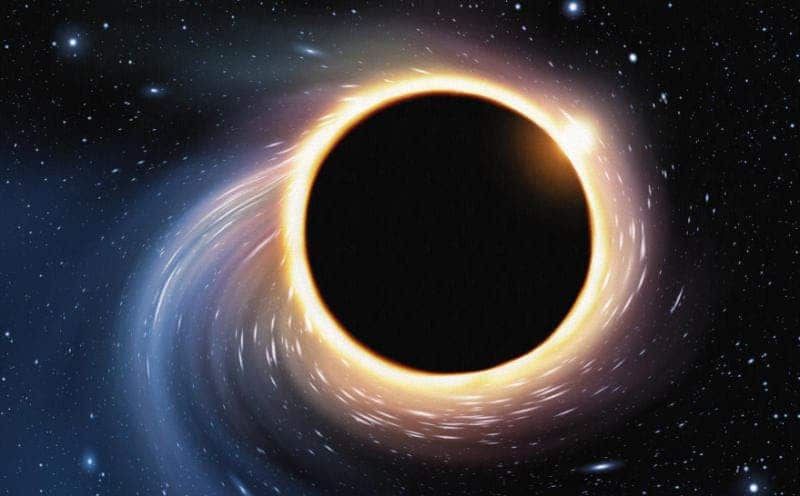A black hole is simple and clear, at least according to the model proposed in 1963 by Roy Kerr; his model of a clear, smooth black hole is now the currently accepted paradigm. But a group of scientists led by Thomas Sotiriou, a physicist of the International School for Advanced Studies (SISSA) of Trieste claims that black holes are way “dirtier” than previosuly believed.

According to the traditional model, black holes are defined by only two parameters: mass and angular momentum (rotation velocity). That’s it; no size, no temperature, no nothing – just mass and angular momentum tell you everything you can know about a black hole. Everything that came from the progenitor (the star which collapsed into the black hole) is gone, no memory of it is retained – nor of anything else.
But according to Sotiriou, things are different:
“Black holes, according to our calculations, may have hair,” explains Sotiriou, referring to a well-known statement by physicist John Wheeler, who claimed that “black holes have no hair.”
His theoretical model suggests that something called the scalar-tensor theory a theory that includes both a scalar field and a tensor field to represent a certain interaction.
“Although Kerr’s ‘bald’ model is consistent with General Relativity, it might not be consistent with some well-known extensions of Einstein’s theory, called tensor-scalar theories,” adds Sotiriou. “This is why we have carried out a series of new calculations that enabled us to focus on the matter that normally surrounds realistic black holes, those observed by astrophysicists. This matter forces the pure and simple black hole hypothesized by Kerr to develop a new ‘charge’ (the hair, as we call it) which anchors it to the surrounding matter, and probably to the entire Universe.”
His theory is currently expecting experimental confirmation from the observations carried out with the interferometers. If it turns out that he was right, we’ll have to change a chapter on what we know about black holes, but will also give us further insights to these incredible manifestations, as well as gravity itself.
“According to our calculations, the growth of the black hole’s hair,” concludes Sotiriou “is accompanied by the emission of distinctive gravitational waves. In the future, the recordings by the instrument may challenge Kerr’s model and broaden our knowledge of the origins of gravity.”
Was this helpful?



